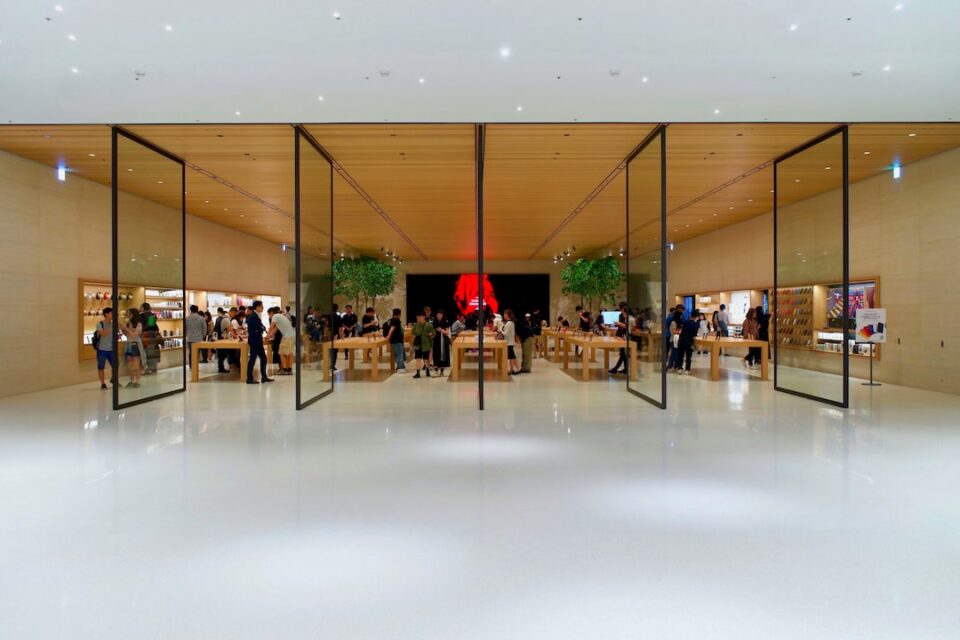The Future of Retail: Exploring the Rise of E-commerce
The retail landscape has undergone a significant transformation in recent years due to the rise of e-commerce. With the widespread adoption of smartphones and the increasing availability of internet access, consumers now have the power to shop anytime and anywhere. This shift in consumer behavior has led to a dramatic increase in online shopping, and it is reshaping the future of retail.
E-commerce has experienced tremendous growth over the past decade, and it shows no signs of slowing down. According to a report by Statista, global e-commerce sales amounted to a staggering $4.28 trillion in 2020, with projections indicating a 16.5% year-over-year growth. This is a clear indication that consumers are increasingly turning to online platforms for their shopping needs.
So, what is driving the rise of e-commerce?
Convenience plays a vital role in the growth of e-commerce. With a few clicks, consumers can browse and purchase products from the comfort of their own homes. There are no longer any constraints related to opening hours or geographical location. Online shopping allows consumers to avoid crowded stores, long queues, and the hassle of traveling. Additionally, e-commerce platforms often offer various delivery options, including express and same-day delivery, further enhancing convenience.
Moreover, the COVID-19 pandemic has accelerated the adoption of e-commerce. As brick-and-mortar stores faced temporary closures and restrictions, consumers turned to online shopping as a safe and convenient alternative. Retailers that had already established an online presence were well-positioned to meet this surge in demand, while those lacking an e-commerce strategy struggled to adapt. The pandemic acted as a catalyst to push consumers, as well as businesses, towards e-commerce.
Another significant factor driving the rise of e-commerce is the abundance of choices available online. E-commerce platforms host a vast array of products from various brands, making it easier for consumers to find exactly what they are looking for. With advanced search functionalities and personalized recommendations, consumers can discover new products, compare prices, read reviews, and make informed purchasing decisions. This level of convenience and information accessibility surpasses the traditional retail experience.
Furthermore, advancements in technology have played a pivotal role in the success of e-commerce. From secure payment gateways to advanced inventory management systems, technology has enabled online retailers to offer seamless and efficient transactions. Additionally, the increasing integration of artificial intelligence and machine learning has further enhanced the personalized shopping experience. Algorithms analyze consumer behavior and preferences to offer tailored recommendations, creating a virtual shopping assistant that understands the individual needs and preferences of each consumer.
While e-commerce has undoubtedly revolutionized the retail industry, it is essential to acknowledge the challenges it presents. The rise of e-commerce has put pressure on brick-and-mortar retailers, many of whom have struggled to compete. Physical stores are now faced with the challenge of creating unique, immersive experiences that entice consumers and differentiate themselves from the convenience of online shopping. This has led to the emergence of experiential retail concepts, where stores provide interactive and memorable experiences rather than solely focusing on sales transactions.
Additionally, the growth of e-commerce has also brought about logistical challenges. The increased demand for e-commerce fulfillment has placed pressure on supply chains, resulting in longer delivery times and occasional stock shortages. Furthermore, the rise of online shopping has raised concerns about the environmental impact of packaging and transportation. As the e-commerce industry continues to evolve, it will be crucial to address these challenges and find sustainable solutions.
In conclusion, the future of retail lies in the rise of e-commerce. With its convenience, vast selection, and integration of technology, online shopping has become an integral part of consumers’ lives. The COVID-19 pandemic has further accelerated its growth, pushing businesses and consumers towards the digital realm. However, the challenges faced by traditional retailers and the need for sustainable solutions highlight that there is still work to be done. Nevertheless, e-commerce has undoubtedly reshaped the retail landscape and will continue to shape how we shop for years to come.


